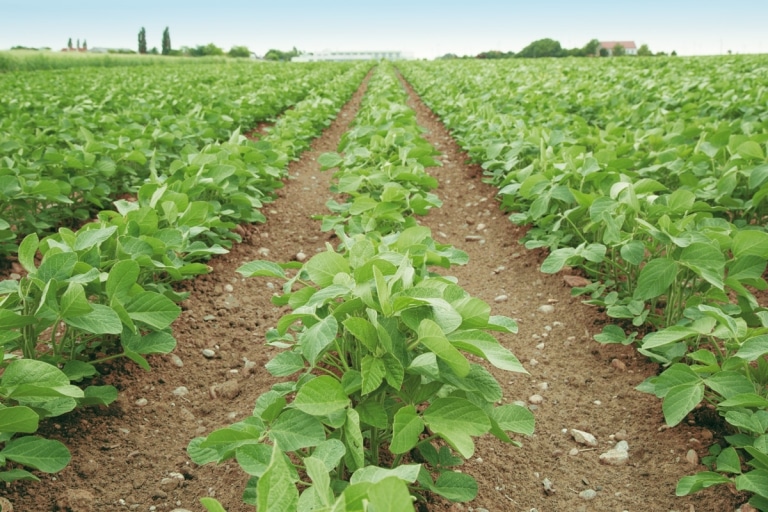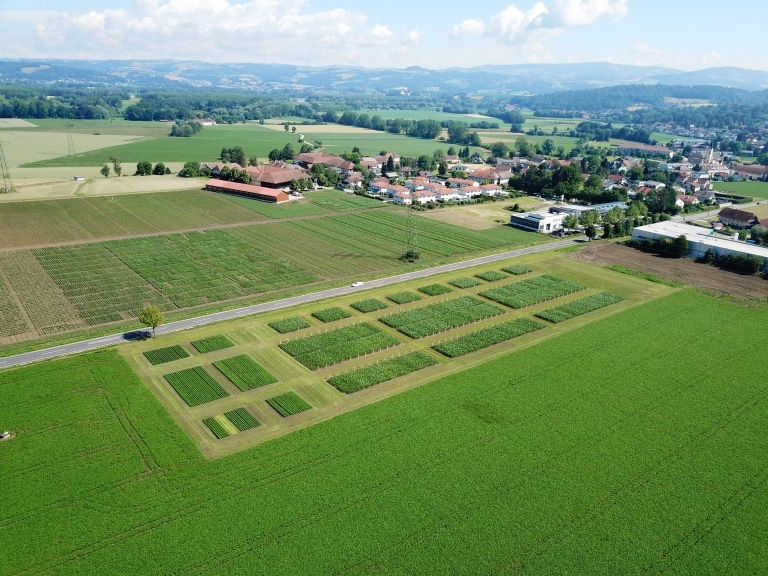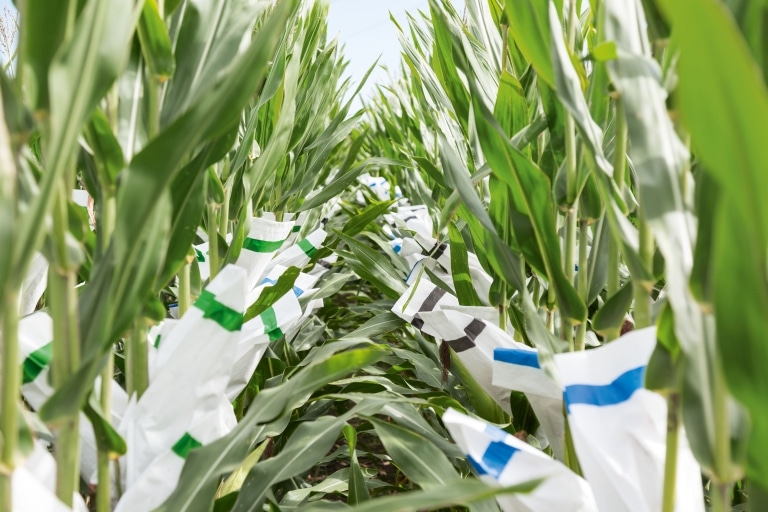30.03.2021
Soybeans from Austria
A niche product becoming one of the major crops
Over the last ten years, soybean production in Austria has more than doubled. One third of the soybean harvest is produced organic.
- More regionally produced soybeans have a lot of advantages
- Soybeans from Austria totally in line with the current trend
- Soybeans, heroes on the field
- Tailored soybean breeds from Austria
Almost half of the domestic soybean harvest is processed and exported as tofu, soy drinks, soy flour and soy flakes. Soybean processers benefit from the growing trend towards a meatless diet – and this trend is expected to last.
In recent years, soybeans, originally a niche crop, have developed into an attractive element in crop rotation. With a cultivation surface of more than 69,000 hectares, soybeans rank 4th in Austria today after maize, wheat and barley in the official statistics on agricultural surfaces. On one third of the surfaces dedicated to soybean cultivation, soybeans are cultivated according to the criteria of organic farming – this represents the highest organic ratio in the whole of Europe. Last year, Austrian farmers harvested more than 215,000 t of soybeans, the highest amount ever. The Austrian soybean yield is thus twice as high as the rape yield, and neither sunflowers, nor peas or horse beans are anywhere close to this status as Austria’s most important alternative crop.
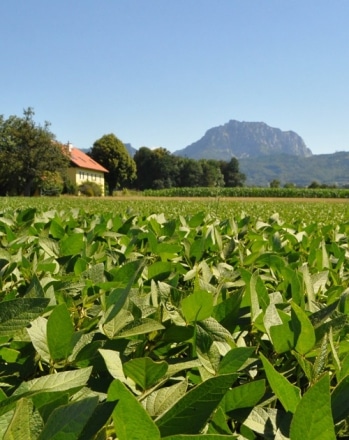
More regionally produced soybeans have a lot of advantages
An increasing demand from the feed and food producing industry along with a growing awareness for sustainability and more regionally produced products in modern society foster the interest in regional soybean cultivation. SAATBAU LINZ sees a potential to develop soybean cultivation to reach up to 100,000 hectares in cultivation surface and 350.000 t of yield per year by 2030.
This positive development would create additional production possibilities and value creation for Austrian farmers and at the same time reduce Austria’s dependence on protein feed imports. Soybeans from regional cultivation feature a much better environmental performance than those produced in Brazil or Argentina, which are often grown on former rainforest areas cleared for their cultivation. Unlike in many other countries, soybean cultivation in Austria has always done without any genetic modification – a decisive marketing argument in favour of our domestic soybean and feed products.
Soybeans from Austria totally in line with the current trend
Vegan alternatives to animal products have enjoyed an increasing popularity in recent years. Vegetarian and vegan diets have found numerous followers in our society. And an ever-increasing number of flexitarians enjoy a tasty and varied offer on their menus. Many suppliers have thus extended their product range to include such products and the increasing demand has proven them right.
The main raw material for these production lines has been and will be soybeans, characterised by their outstanding protein content and nutritive value. No other protein plant is as efficient as soybeans, neither on the field, nor in processing.
Austrian companies have realised these virtues earlier than others and have established themselves as pioneers in this domain.
While more than 80 % of the soybeans harvested worldwide are used for animal feed, almost half of the Austrian soybean yield is processed for human consumption. Compared to its international competitors, Austria is thus an exception.
Domestic suppliers of flakes or flours produced from soybeans have acquired comprehensive know-how in the course of the last 25 years. They have become market leaders in Europe when it comes to supplying manufacturers and suppliers of ingredients to the bakery industry. Processing soybeans in oil mills yields nutritious soybean oil as well as important protein feed.
SAATBAU LINZ supports domestic initiatives aiming at further refining proteins from vegetable raw materials
Soybeans, heroes on the field
In addition to the variety of marketing opportunities for farmers, soybeans also have a great advantage on the field, namely their extensive cultivation. Soybeans help farmers in establishing a healthy crop rotation and cater for the necessary variation from cereal and maize. Weed control is the only measure to be taken, no other plant protection or even fertilisation is necessary for the cultivation of this nitrogen accumulator. This contributes to the excellent environmental compatibility of soybeans. With 40% protein content in dry matter, soybeans feature the highest protein content in the legume family. And since they are a thermophile crop, soybeans have certainly benefitted from the changing climate conditions in recent years.
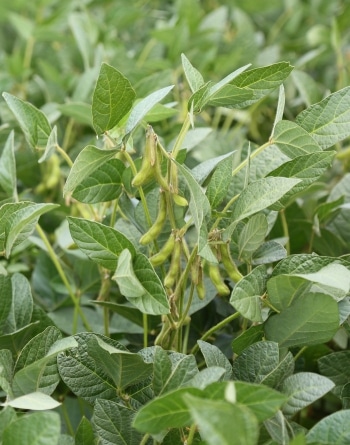
Tailored soybean breeds from Austria
Against the background of a growing number of extreme weather events, cultivation and yield safety have become important characteristics when it comes to deciding which crop to plant. In Reichersberg, Upper Austria, experts of SAATZUCHT DONAU (a subsidiary of SAATBAU LINZ), led by Bernhard MAYR have been producing new soybean varieties by means of conventional breeding methods.
The expectations in these varieties are extremely high – after all, they are supposed to satisfy the ever-higher requirements of farmers, processers and consumers alike.
According to their temperature requirements from the time of sowing to harvesting, soybeans are categorised into different maturation groups. In Reichersberg, SAATZUCHT DONAU breeds varieties from FAO 0 (late maturing varieties) to 0000 (extremely early maturing varieties), thus ensuring a bandwidth of varieties catering to all the climate zones in Europe.
Winter breeding stations on the Southern hemisphere accelerate the breeding cycle, however, it still takes up to 10 years from the first cross breeding to the cultivation of the first generation of a new variety.

Christine SAILER-GANGL
Product development
SAATBAU ERNTEGUT
You might also be interested in
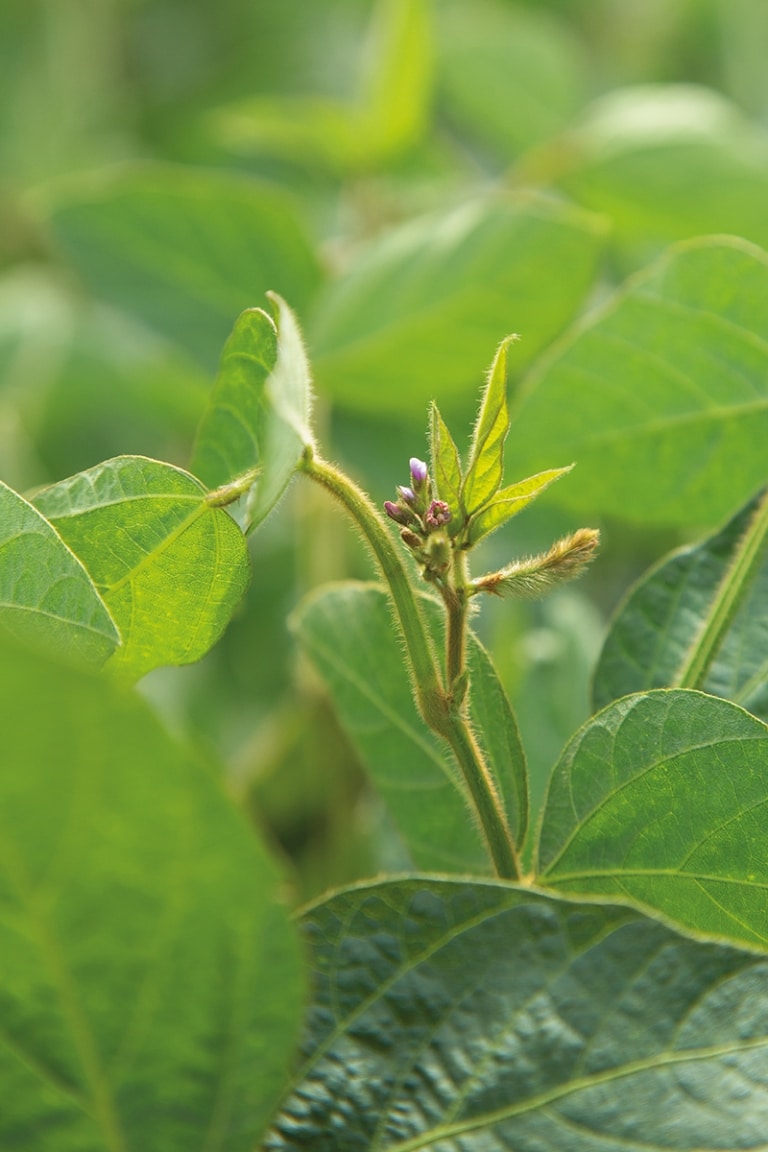
News
SAATBAU Germany’s Soybean Initiative
Interview with the managing directors on the new initiative
Mehr erfahren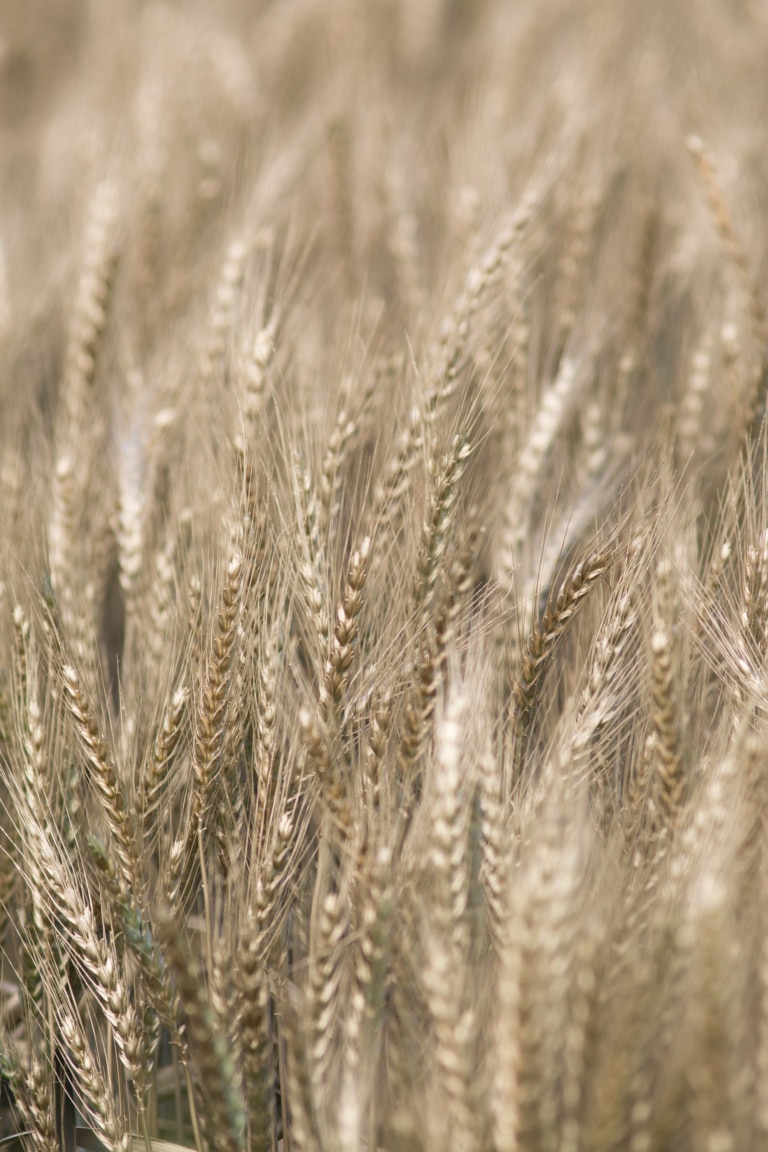
News
AURELIUS goes international
AURELIUS received its Austrian license in winter 2016. This was no surprise to us, but not…
Mehr erfahren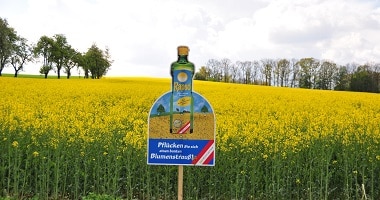
News
25 years RAPSO
The Upper Austrian chamber of agriculture and SAATBAU LINZ jointly developed the RAPSO project in order…
Mehr erfahren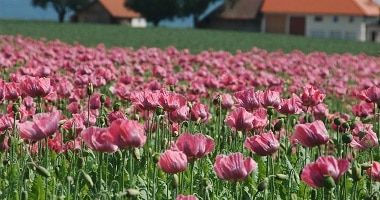
News
Fine seeds becoming a delicious filling
The word “poppy” immediately makes Austrian’s think of the Lower Austrian Waldviertel region and the poppy…
Mehr erfahren